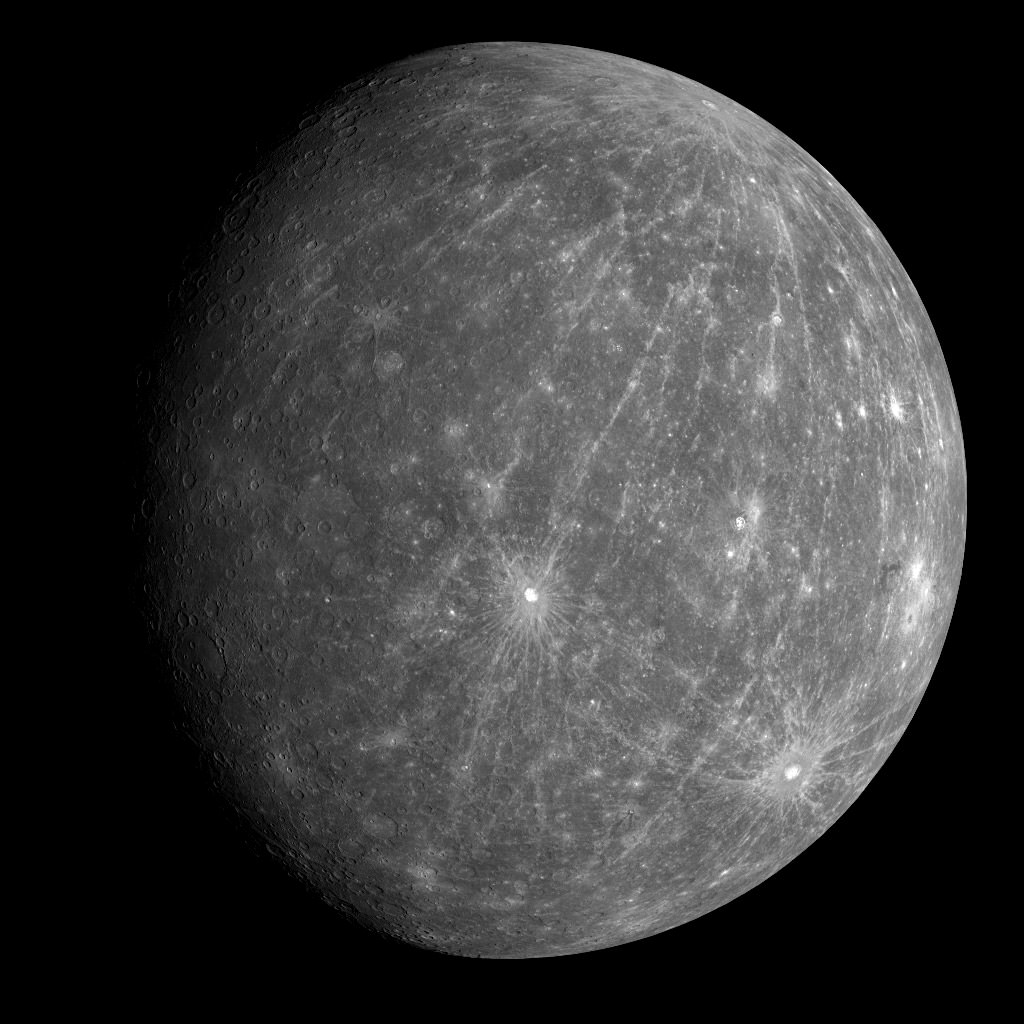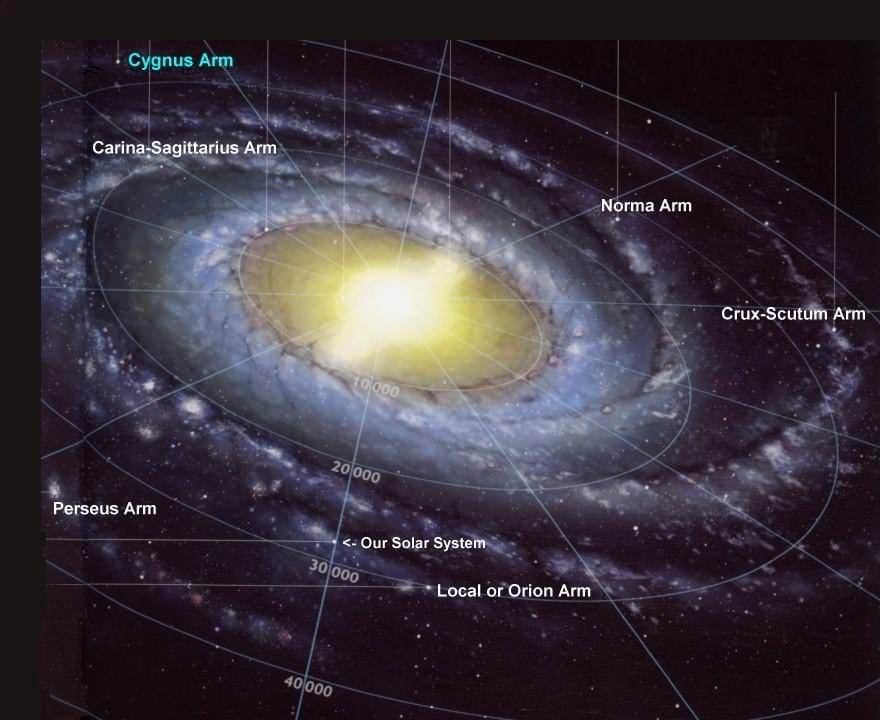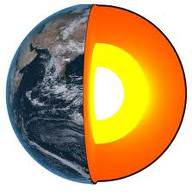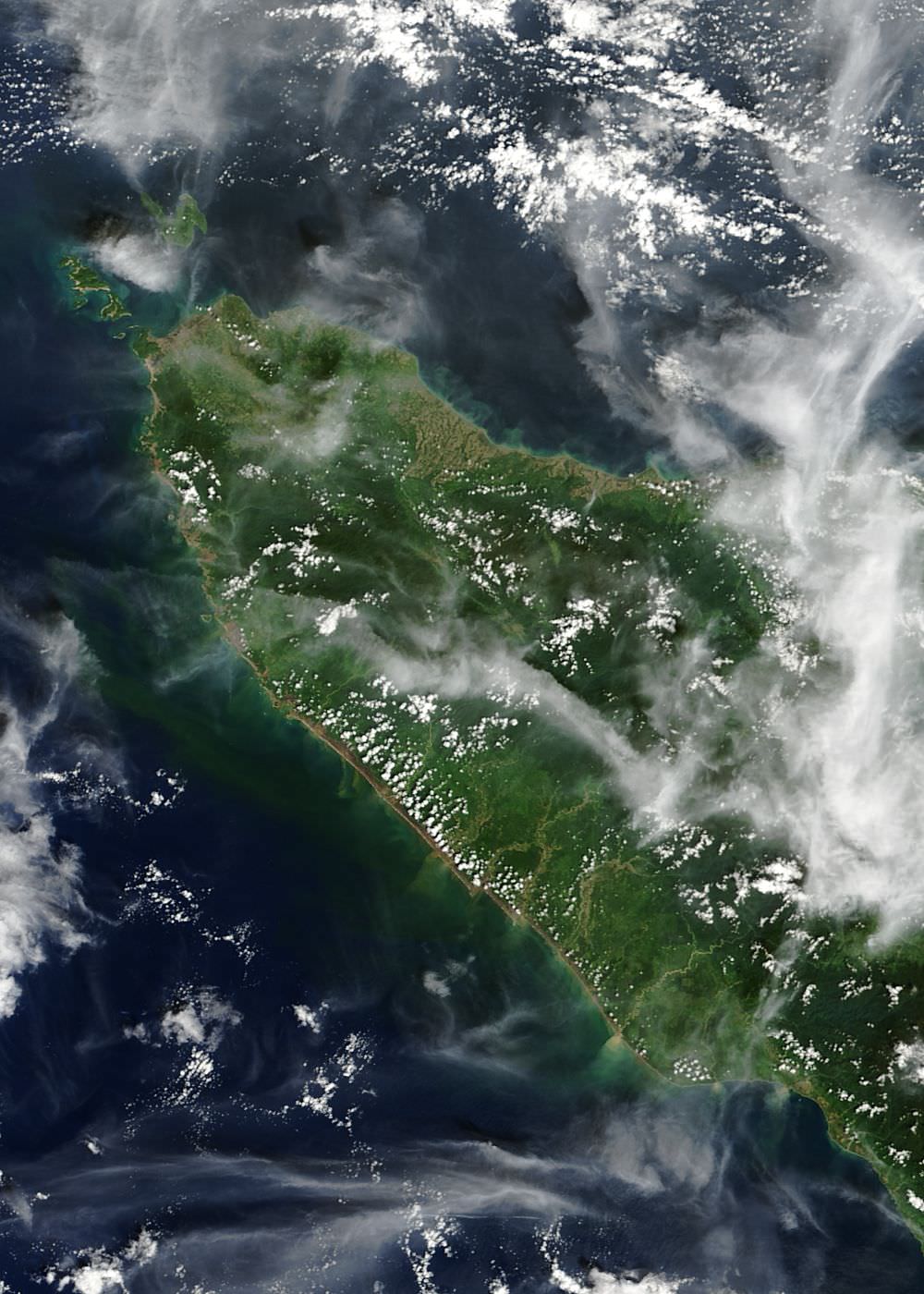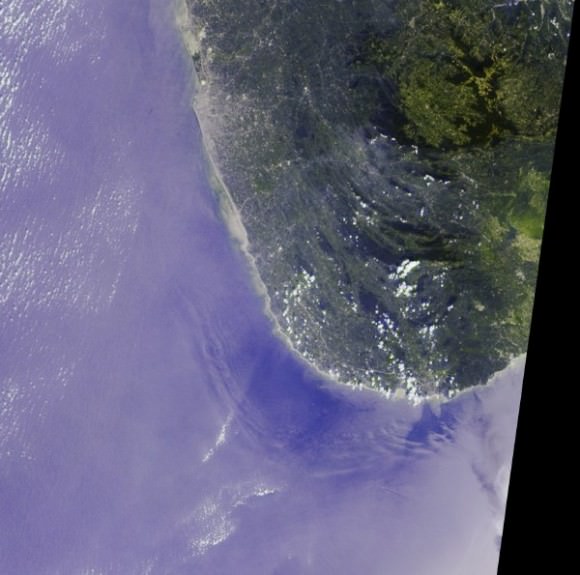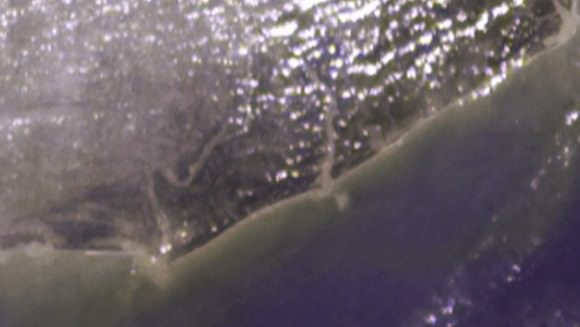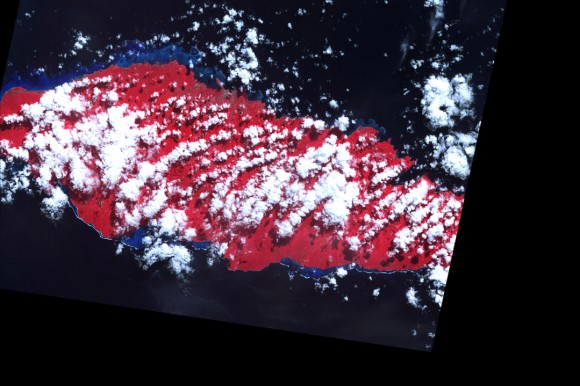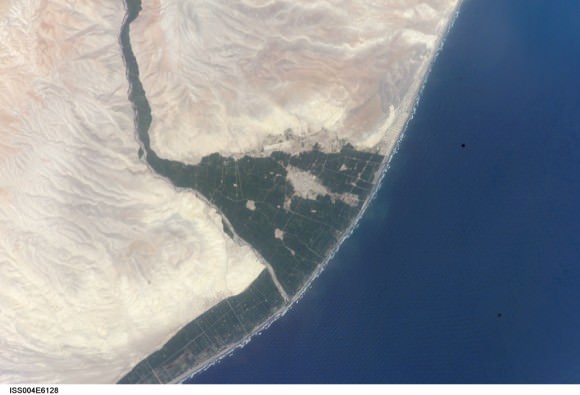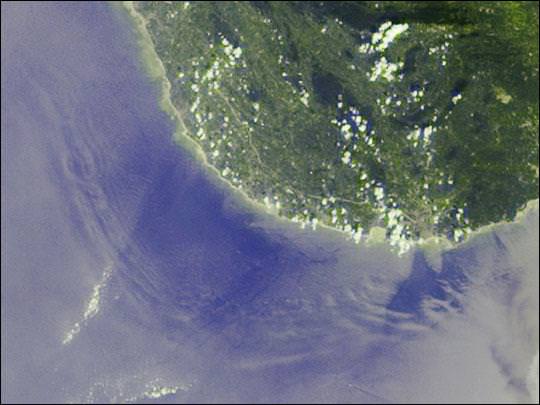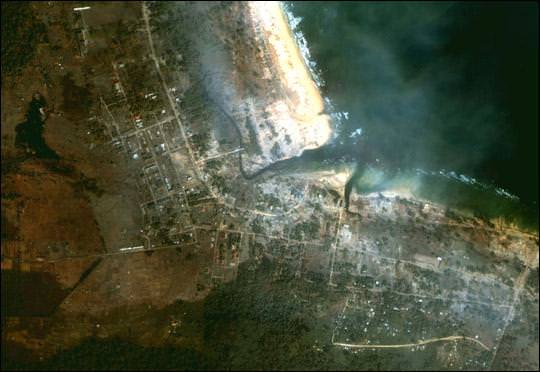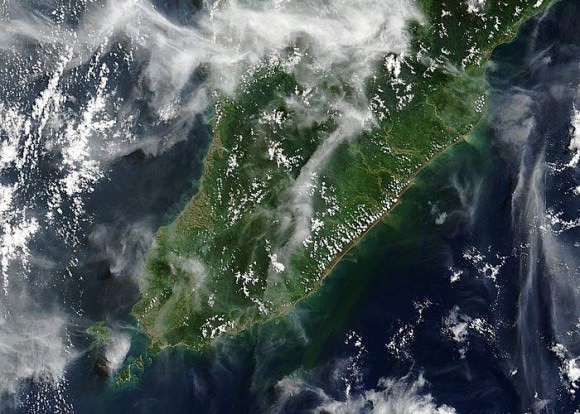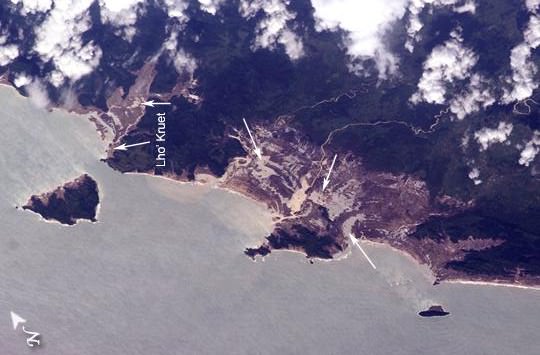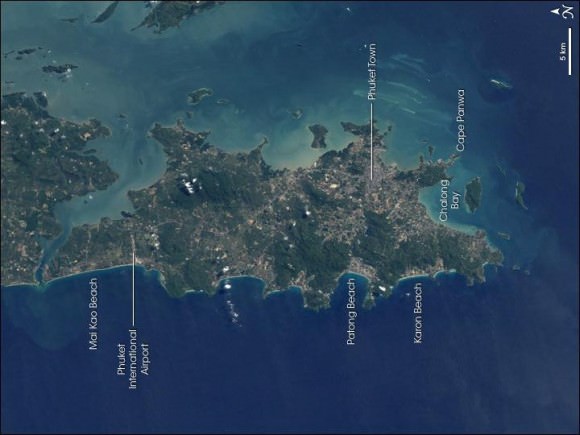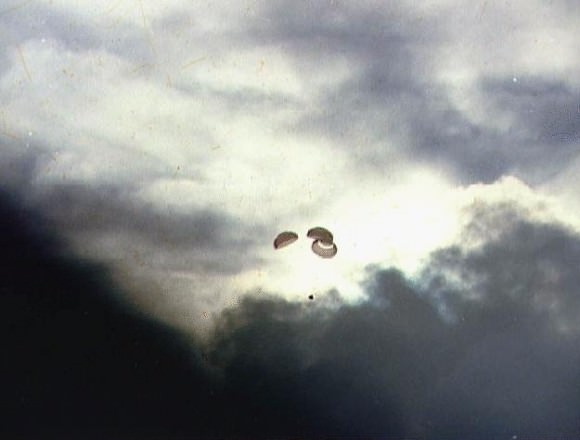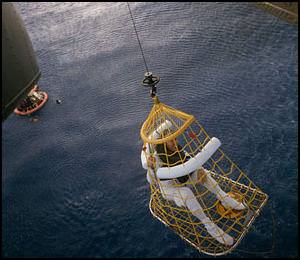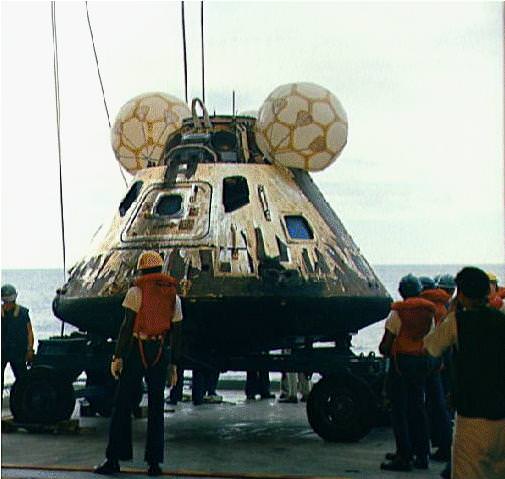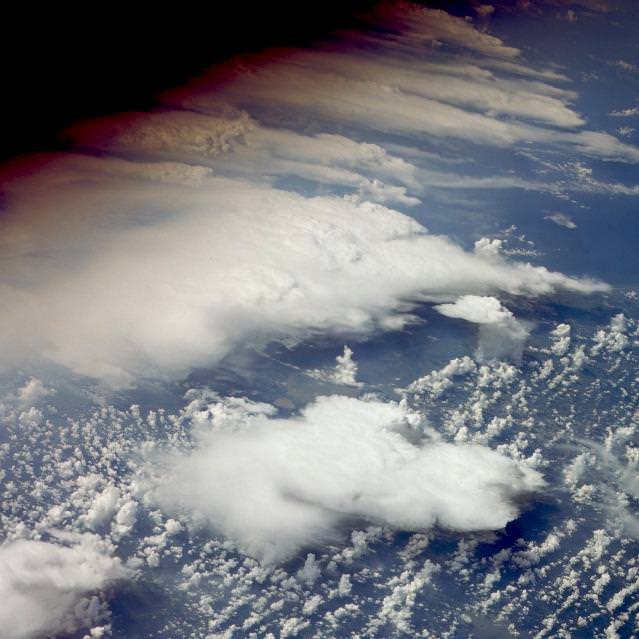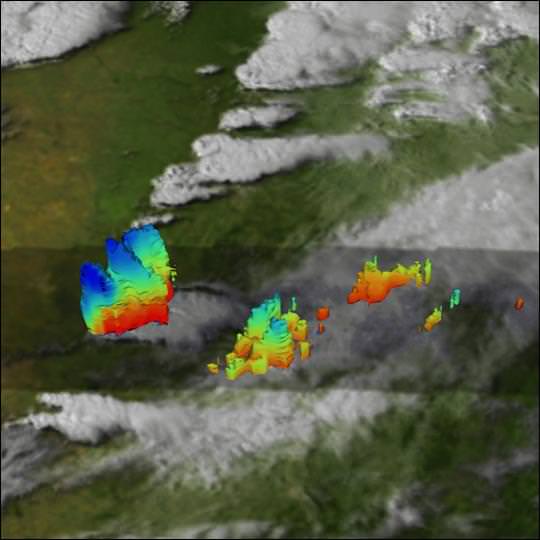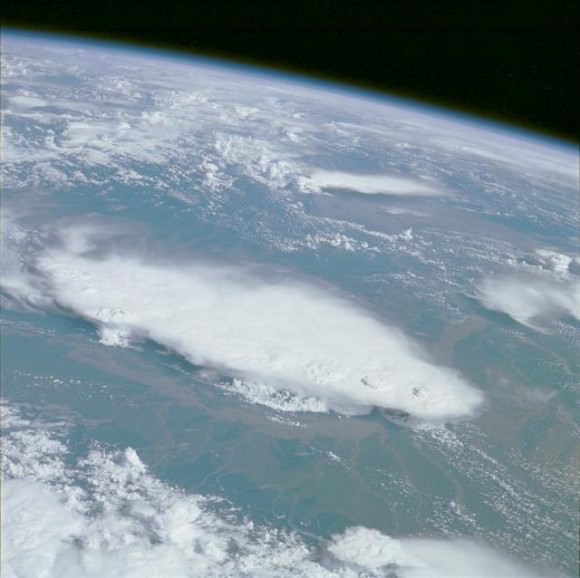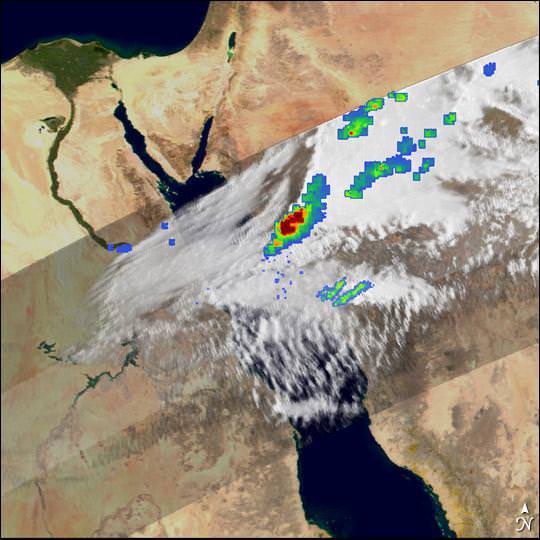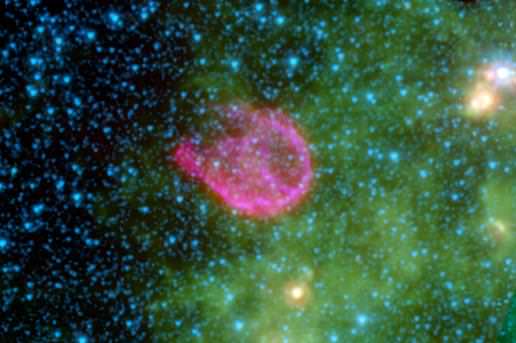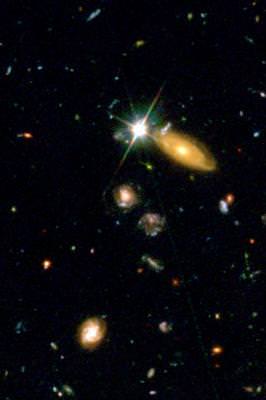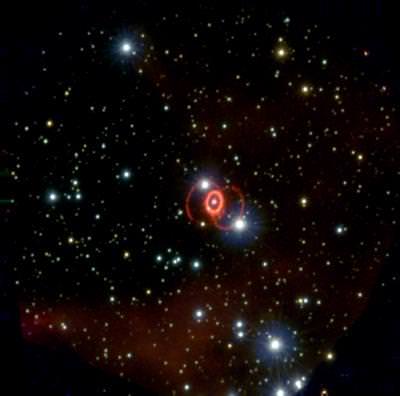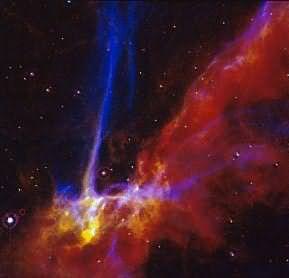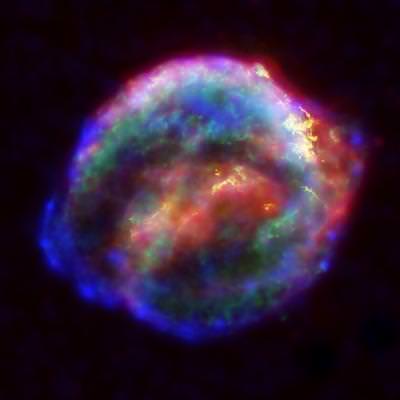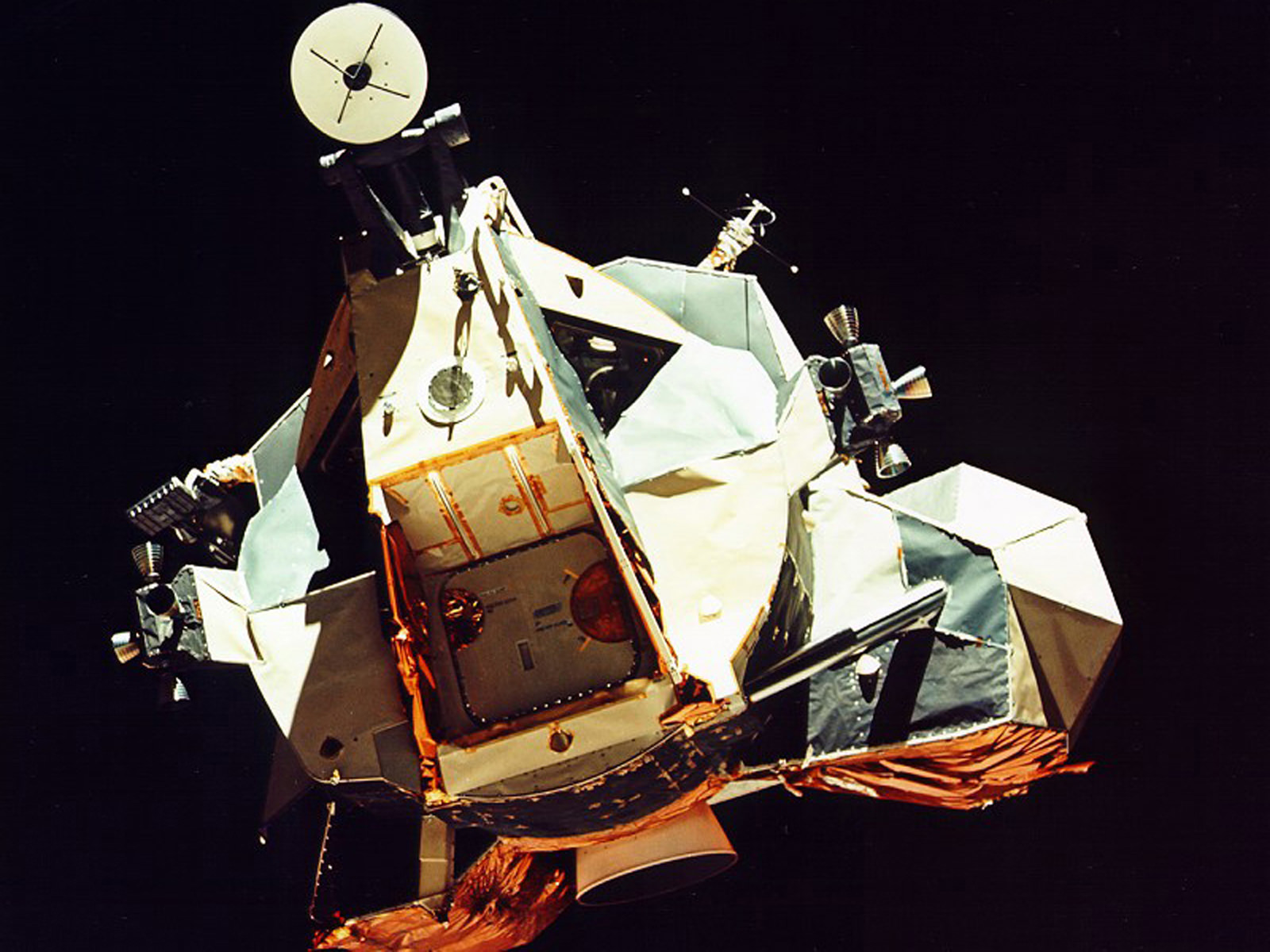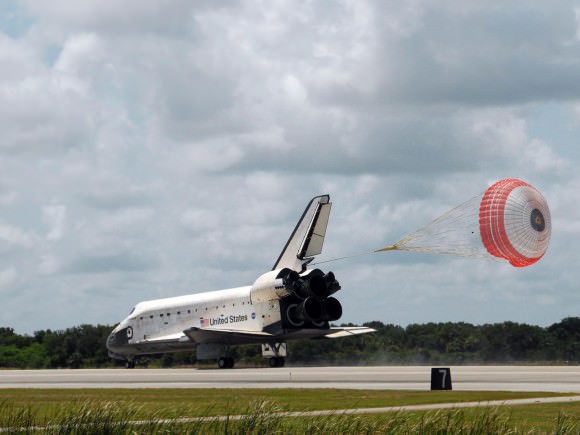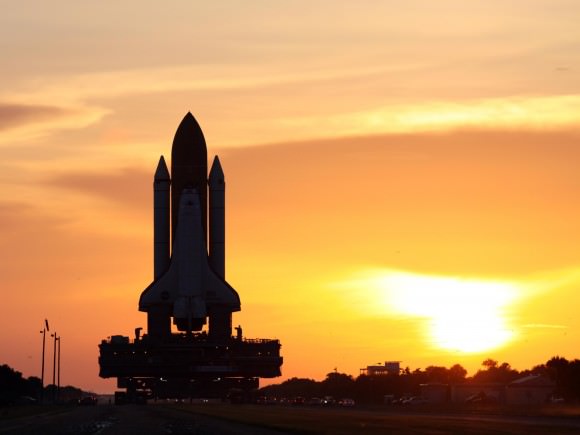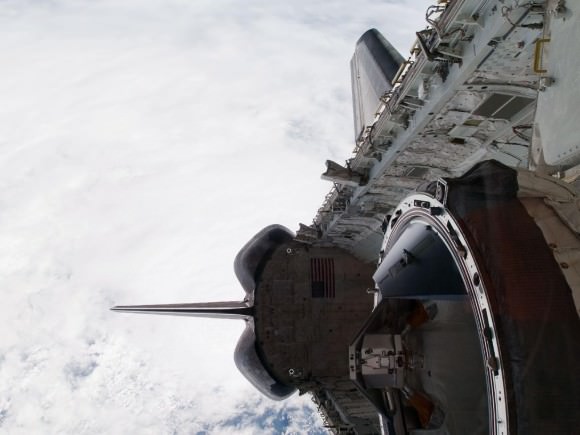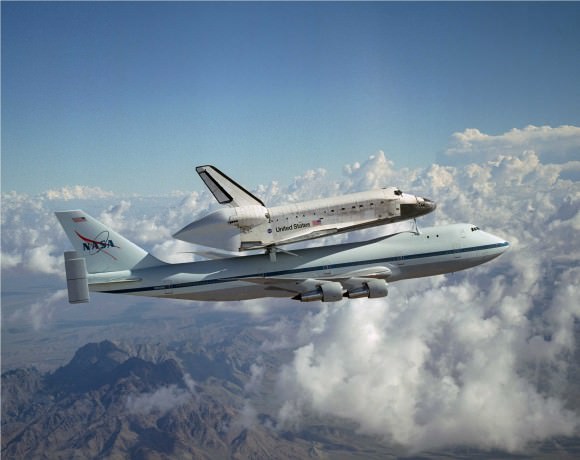[/caption]
Were you wondering which of the planets is closest to the Sun? The answer is planet Mercury. At an average distance of only 57.9 million km, Mercury orbits closer to the Sun than any other planet.
Just to give you a comparison, Venus orbits the Sun at an average distance of 108.2 million km. And Earth orbits the Sun at an average distance of 149.6 million km. So you can see that Mercury is much closer, taking only 88 days to complete an orbit around the Sun.
So, Mercury is the closest planet to the Sun. And then Venus is the second closest planet to the Sun, and Earth is the third closest planet to the Sun.
The distance of Mercury to the Sun is actually an average. Mercury follows an elliptical orbit around the Sun. Sometimes it’s much closer, and other times it’s much further. At its closest point, called perihelion, Mercury is only 46 million km from the Sun. And then at its most distant point in orbit, called aphelion, Mercury gets out to 69.8 million km from the Sun.
And just for comparison, the planet furthest from the Sun is Neptune, with an average distance of 4.5 billion km from the Sun.
We’ve written many articles about distances in the Solar System. Here’s an article about the distance to the Sun, and here’s an article about how far all the planets are from the Sun.
If you’d like more information on Mercury, check out NASA’s Solar System Exploration Guide, and here’s a link to NASA’s MESSENGER Misson Page.
We’ve also recorded an entire episode of Astronomy Cast all about Mercury. Listen here, Episode 49: Mercury.

